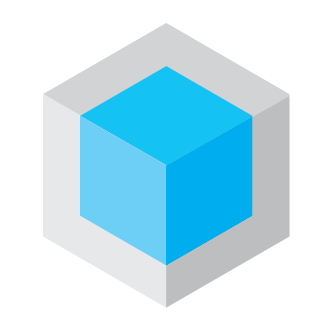Welcome to our latest update on VHDL programming, where we delve into the intricacies and advancements of this versatile hardware description language. Whether you are a seasoned engineer or a student grappling with VHDL programming assignments, this blog aims to provide insightful updates and practical guidance.
VHDL (VHSIC Hardware Description Language) remains a cornerstone in the realm of digital design and FPGA programming. Initially developed in the 1980s under the IEEE 1076 standard, VHDL has evolved significantly, adapting to new technologies and methodologies in digital design. Its primary purpose is to model and simulate digital systems, making it indispensable in industries ranging from aerospace and defense to consumer electronics.
Key Features and Applications
One of VHDL's enduring strengths lies in its ability to describe complex digital systems at various levels of abstraction. From high-level system architecture to detailed circuit behavior, VHDL allows designers to capture the entirety of a digital design in a structured and hierarchical manner. This capability is crucial in ensuring design correctness, optimizing performance, and facilitating efficient hardware implementation on FPGA and ASIC platforms.
In recent years, VHDL has seen widespread adoption in emerging technologies such as IoT (Internet of Things) devices, where efficient hardware utilization and low-power consumption are paramount. Its role in safety-critical applications, such as automotive electronics and medical devices, underscores its reliability and robustness in design verification and validation processes.
Advancements in VHDL Standards
The VHDL standard has undergone several revisions to accommodate technological advancements and industry demands. The latest revision, IEEE 1076-2008, introduced significant enhancements, including improved support for synthesis, enhanced data types, and increased flexibility in modeling concurrent systems. These updates have bolstered VHDL's standing as a preferred choice for digital design and verification.
Moreover, ongoing efforts within the IEEE working groups continue to refine VHDL's capabilities, addressing emerging challenges such as mixed-signal simulation, system-level modeling, and interoperability with other hardware description languages.
Industry Trends and Innovations
In the fast-paced world of digital design, VHDL remains at the forefront due to its adaptability and reliability. Recent trends indicate a growing demand for VHDL expertise in sectors embracing FPGA technology, such as telecommunications, data centers, and high-performance computing. The ability to rapidly prototype and iterate designs using VHDL contributes to shorter time-to-market cycles and cost-effective solutions.
Furthermore, advancements in EDA (Electronic Design Automation) tools have streamlined the VHDL development process, offering designers powerful simulation, synthesis, and debugging capabilities. These tools not only enhance productivity but also facilitate collaboration among design teams working on complex projects.
Educational Implications and Resources
For students and educators, VHDL serves as a fundamental learning tool in digital design courses and electronics engineering programs. Its structured syntax and emphasis on design methodology provide students with a solid foundation in hardware description and simulation techniques. Hands-on VHDL programming assignments play a crucial role in reinforcing theoretical concepts and preparing students for real-world engineering challenges.
Recognizing the importance of practical experience, educational institutions and online platforms offer VHDL programming assignment help, tutorials, and simulation labs. These resources empower students to develop proficiency in VHDL coding, simulation techniques, and FPGA implementation, thereby bridging the gap between academia and industry requirements.
Future Directions and Challenges
Looking ahead, the future of VHDL programming appears promising yet challenging. As digital systems become increasingly complex and integrated, VHDL must continue to evolve to meet the demands of modern design methodologies such as agile development and continuous integration. Addressing challenges such as power optimization, signal integrity, and security will be critical in maintaining VHDL's relevance in the era of IoT, AI (Artificial Intelligence), and quantum computing.
Moreover, the standardization and adoption of emerging technologies like RISC-V and heterogeneous computing architectures present new opportunities for VHDL to expand its application domain. Collaborative efforts within the VHDL community, alongside ongoing research in academia and industry, will play a pivotal role in shaping VHDL's trajectory in the coming years.
Conclusion
In conclusion, VHDL programming remains a cornerstone in digital design, offering robustness, flexibility, and scalability across diverse application domains. Whether you are a seasoned professional navigating complex design challenges or a student honing your skills in digital electronics, VHDL continues to empower engineers and designers worldwide.
As we continue to explore the latest advancements and applications of VHDL programming, we invite you to stay updated on industry trends, educational resources, and practical insights. Embrace the power of VHDL to innovate, design, and transform digital solutions for the challenges of tomorrow.
Thank you for joining us on this journey through the world of VHDL programming. Stay tuned for more updates and expert insights on our blog.

